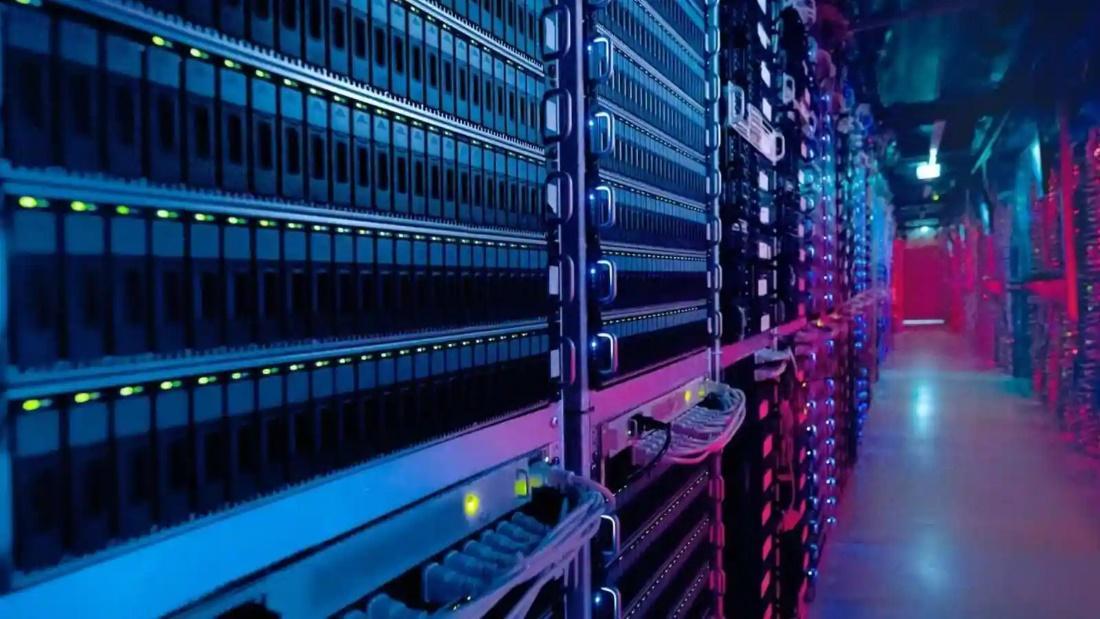Data Center Network: The Backbone of Modern Digital Infrastructure
In today’s fast-paced digital world, data centers play a crucial role in storing, processing, and distributing massive amounts of data. At the heart of these facilities lies the data center network, a highly sophisticated and interconnected system that ensures seamless communication between servers, storage devices, and users. This article explores the fundamentals of data center networking, its importance, key components, and emerging trends that shape its future.
What is a Data Center Network?
A data center network is a structured arrangement of networking resources, including switches, routers, firewalls, and load balancers, designed to facilitate the efficient flow of data within and outside a data center. It ensures high-speed connectivity, redundancy, and security, enabling businesses to maintain reliable digital operations.
Importance of Data Center Networks
Data center networks are critical for organizations that rely on digital infrastructure. Their importance includes:
- Scalability – Supports the growth of businesses by accommodating increasing data loads.
- Security – Implements advanced security measures to protect sensitive data from cyber threats.
- High Availability – Ensures continuous service delivery with redundancy and failover mechanisms.
- Performance Optimization – Enhances data transfer speeds and minimizes latency for improved user experience.
- Cost Efficiency – Reduces operational costs by optimizing network resources and energy consumption.

Key Components
A robust data center network consists of several essential components:
- Core Layer – The core layer acts as the network’s backbone, handling high-speed data transmission between different network segments.
- Aggregation Layer – Also known as the distribution layer, this component consolidates traffic from multiple access points and forwards it to the core network.
- Access Layer – The access layer connects servers and end-user devices to the network, providing direct access to computing resources.
- Network Security – Firewalls, intrusion detection systems (IDS), and encryption protocols ensure data security and regulatory compliance.
- Load Balancers – These devices distribute network traffic efficiently, preventing bottlenecks and ensuring optimal resource utilization.
- Software-Defined Networking (SDN) – SDN enables centralized control and automation of network configurations, improving flexibility and efficiency.
Trends Shaping the Future of Data Center Networks
As technology advances, data center networks are evolving to meet new challenges. Some emerging trends include:
- Edge Computing – Decentralizing data processing closer to users to reduce latency and improve real-time applications.
- 5G Integration – Leveraging high-speed wireless connectivity to enhance data center performance.
- Artificial Intelligence (AI) and Automation – Using AI-driven analytics to optimize network performance and detect anomalies.
- Zero Trust Security Models – Implementing stricter access controls to enhance data protection.
- Green Data Centers – Adopting energy-efficient networking solutions to reduce carbon footprints.
Conclusion
The data center network is vital to modern IT infrastructure, ensuring seamless data flow, security, and scalability. As businesses increasingly adopt cloud computing, edge computing, and AI-driven solutions, the role of data center networks will continue to expand. Investing in robust, future-ready networking solutions is essential for organizations aiming to stay competitive in the digital landscape.
By understanding the significance and advancements in data center networking, businesses can make informed decisions to optimize their IT infrastructure for maximum efficiency and security.